What is a Injection Quill With Check Valve
An injection quill with a check valve is a specialized device designed for precision in chemical delivery systems. It ensures that chemicals enter a pipeline safely and efficiently. The integral check valve within the quill prevents the process fluid from flowing back into the chemical feed line. This feature is crucial for maintaining the purity of both the chemicals and the process fluid. By keeping these liquids separate at their junction, the system avoids contamination and ensures the effectiveness of the chemical reaction. Additionally, this setup enhances safety by preventing the reverse flow of potentially hazardous materials. This configuration is essential in various industrial applications where precise chemical mixing and safety are paramount.
What is a check valve?
Check valves, commonly referred to as one-way valves, are fundamental components in numerous fluid systems. It ensures fluid flows in only one designated direction. Their main function is to prevent the potentially hazardous issue of backflow. This can lead to contamination and system inefficiencies. Simple, cost-effective, and available in a variety of sizes and designs, check valves address a wide range of applications. This makes them indispensable in both industrial settings and everyday plumbing systems.
For instance, in sewer systems, non-return valves are critical as they allow waste to exit without the risk of it re-entering and contaminating the clean water supply. The design of check valves can vary significantly—from basic two-way check valves to more complex three-way versions with vents. It helps protect water quality by allowing purged water to be safely expelled into drains. Additionally, these valves are typically marked with an arrow on their bonnet to indicate the direction of flow, simplifying installation and maintenance. This introduction will delve deeper into the mechanics, applications, and benefits of check valves, highlighting their importance in modern fluid management systems.
Spécifications
| Nom | Removable Pig Indicator with an Isolation Valve |
| Connexion | Welded Connection |
| Longueur du corps de la prise | 200 millimètres |
| Température de fonctionnement | -20 ~ 120 °C / Répondre aux exigences du client |
| NACE MR 01-75 | Oui |
| Protection contre les infiltrations | IP65/IP66 |
| Classe antidéflagrante | ExdII. BT4 |
| Retirer sous pression | Oui |
| Type de déclencheur | Bidirectionnel/Unidirectionnel |
| Longueur ajustable | 0 |
| Matériau de la pièce interne | 316SS/DSS/INCONEL |
| Profondeur de l’insert | 21 mm (Bi)/13 mm (Uni) |
| Matériau de la bride/du corps | Revêtement PTFE A105N / 304SS / 316SS / DSS / INCONEL(Selon MR) |
How does a check valve work?
A check valve operates by allowing fluid to flow in only one direction. Firstly, it requires a minimum upstream pressure, known as ‘cracking pressure’, to open. Then, if upstream pressure drops below this level or if backpressure occurs, the valve closes automatically. De plus components such as a gate, ball, diaphragm, or disc seal the valve, often aided by gravity or a spring. En outre installation must align with the flow direction, indicated by an arrow on the valve’s housing. Finally, normally open valves permit free flow until backflow occurs, while normally closed valves remain shut until cracking pressure is reached.


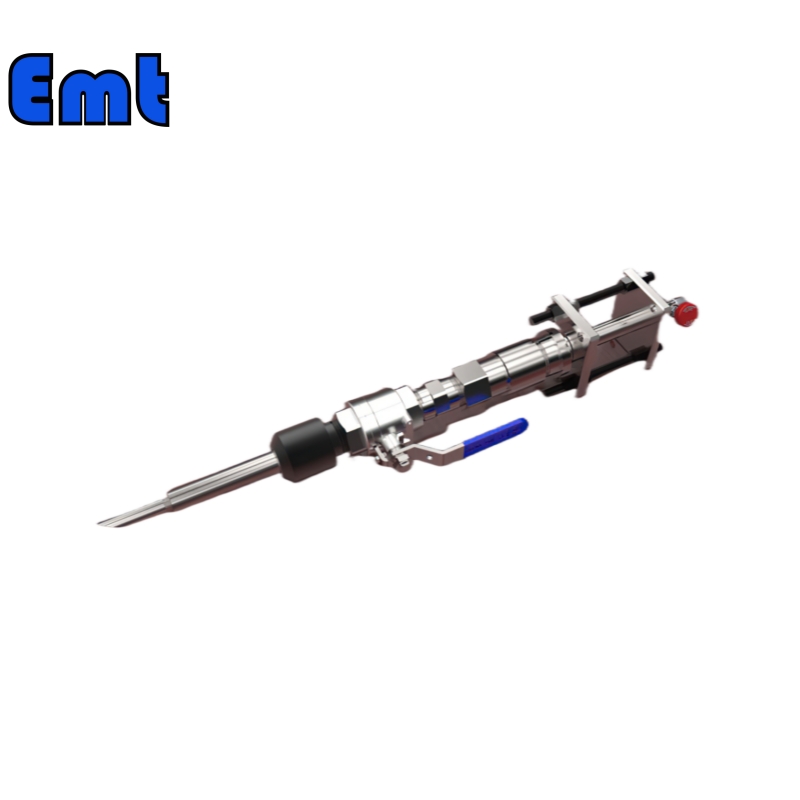
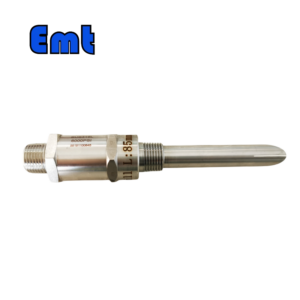
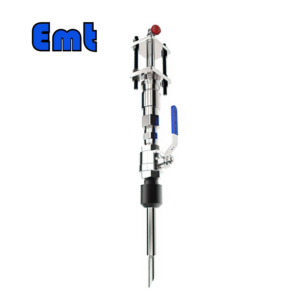
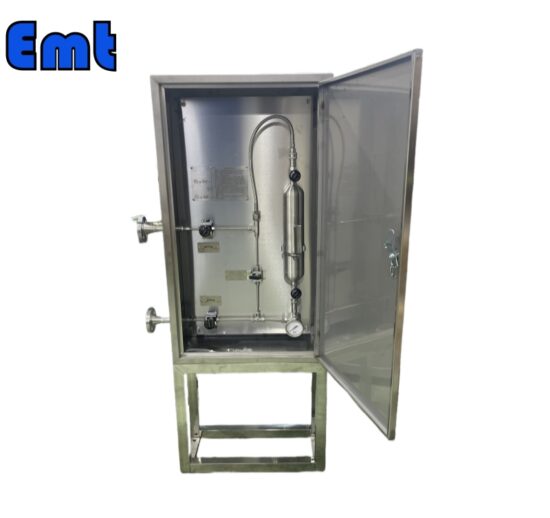
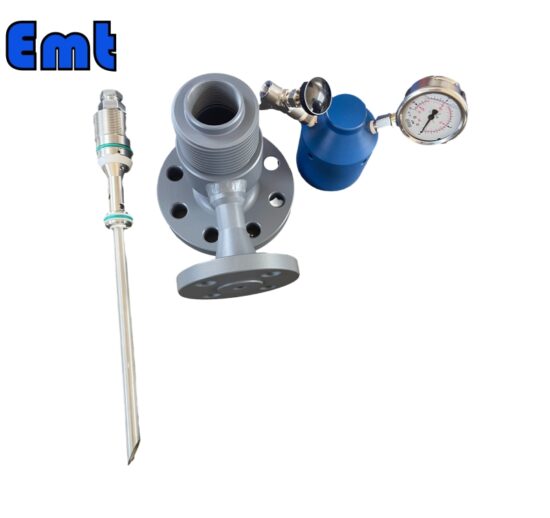
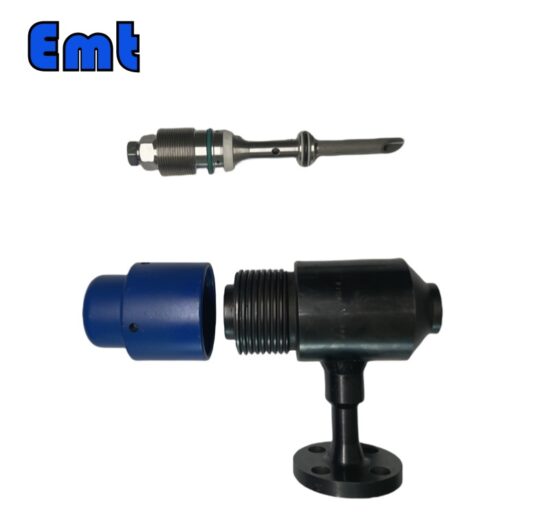
Il n’y a pas encore d’avis.